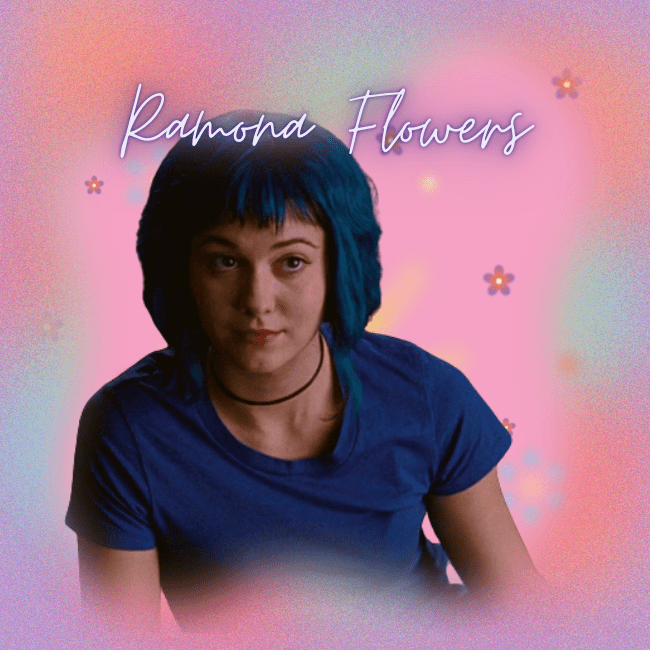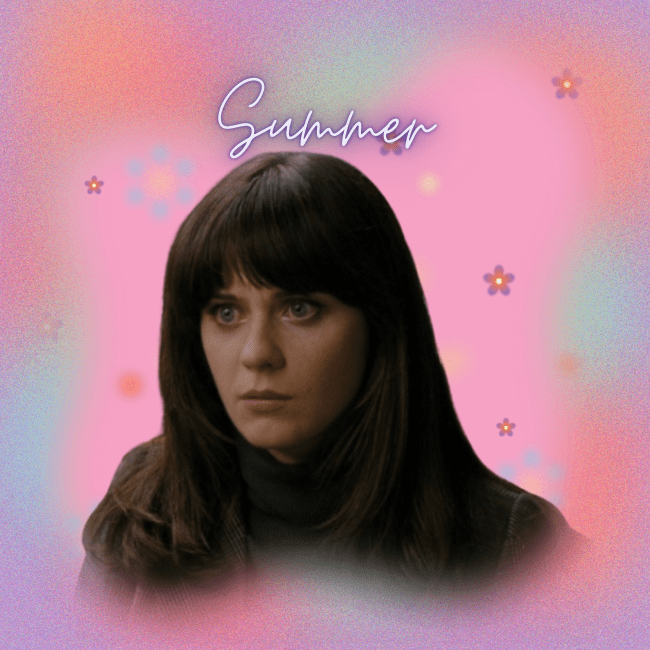A manic pixie dream girl is a poorly-written female character.

Believe it or not, the term manic pixie dream girl or MPDG goes way back to 2007. Film critic Nathan Rabin coined the term after he observed Kirsten Dunst’s character in the 2005 film, Elizabethtown. The term refers to the character who exists solely in the fevered imaginations of sensitive writer-directors to teach broodingly soulful young men to embrace life and its infinite mysteries and adventures.
So, basically, the character seems to exist only to provide spiritual or mystical help to the protagonist. And, the manic pixie dream girl has no discernible inner life and her central purpose only revolves around giving the protagonist a valuable life lesson. She is a part of someone’s story but never living her own.

A manic pixie dream girl is just a poorly-written female character.
The manic pixie dream girl is usually just a static character. She has eccentric personality quirks and is unabashedly girly. She serves as the romantic interest for a brooding or depressed male protagonist. This media trope describes a girl who is “not like the other girls.”
The thing is, not every poorly-written female character is a manic pixie dream girl. But, every manic pixie dream girl is a poorly-written female character. She embodies negative and stereotypical depictions of women. Overall, it becomes a bad representation of women in the media for so many reasons.
You can see this in your own relationships and friendships. How many of your female friends had relationships with men, whether it’s romantic or platonic, in which they really only function to help that man to grow up? Of course, he does — with her help. And, when he does, their relationship is over. Then, no one cares about her resolution.

An MPDG is, unfortunately, a product of misogyny and sexism.
Since the manic pixie dream girl is a poor representation of women in the media, it effectively becomes a product of misogyny of her idea of being not like the other girls. There is this overwhelming tendency or desire to be different or quirky. Although that is completely okay, this raises a question. What’s wrong with the other girls and being like them?
The fear of unified femininity is misogynistic. It’s internalized misogyny. What’s wrong with liking pink or being a girly girl? Nothing. The other girl is beautiful, the other girl is reliable, and the other girl is so much more than just a way to give a man a valuable lesson that he could have just learned by himself. There is nothing wrong with being the other girl.

An MPDG is too… two-dimensional.
As mentioned above, manic pixie dream girls are only used as plot devices. The scene would usually open with an average Joe — a brooding, sometimes boring, regular character. And, because he’s the main character, the audience tends to root for him. Because we are only seeing the world from his point of view.

Then, the MPDG comes along. And, oh-em-gee! He falls for her because she’s quirky and unique and has colored hair. She brings some fun and adventure into his boring daily routine. The audience loves it because this is all coming from Joe’s perspective. But, that’s all she brings to the table.
She is an underdeveloped female character and the audience doesn’t care at all. Because Joe is all taken care of. His life already changed for the better. He already has a sense of fun and adventure, thanks to her. But, she won’t get anything out of that relationship. Whether the movie ends with them splitting up, she is just usually there to teach Joe a lesson.

But, there is hope for the manic pixie dream girls.
According to The Women’s Network, the antithesis of the MPDG is a female character on a journey of self-discovery. Her purpose isn’t solely used to push forward the journey of a man in her life. And, these characters are Maeve Wiley from Sex Education, Tracey Gordon from Chewing Gum, and Jessa Johanson from Girls among so many others. She exists and provides a more positive influence to every young girl who is watching. She inspires them to create their own journeys and paths rather than encouraging them to be just a part of someone else’s.

Tracey Gordon | Chewing Gum
Jessa Johanson | Girls
So, be your own dream girl… rather than being someone else’s.
Angela Grace P. Baltan has been writing professionally since 2017. She doesn’t hesitate to be opinionated in analyzing movies and television series. Aside from that, she has an affinity for writing anything under the sun. As a writer, she uses her articles to advocate for feminism, gender equality, the LGBTQIA+ community, and mental health among others.






